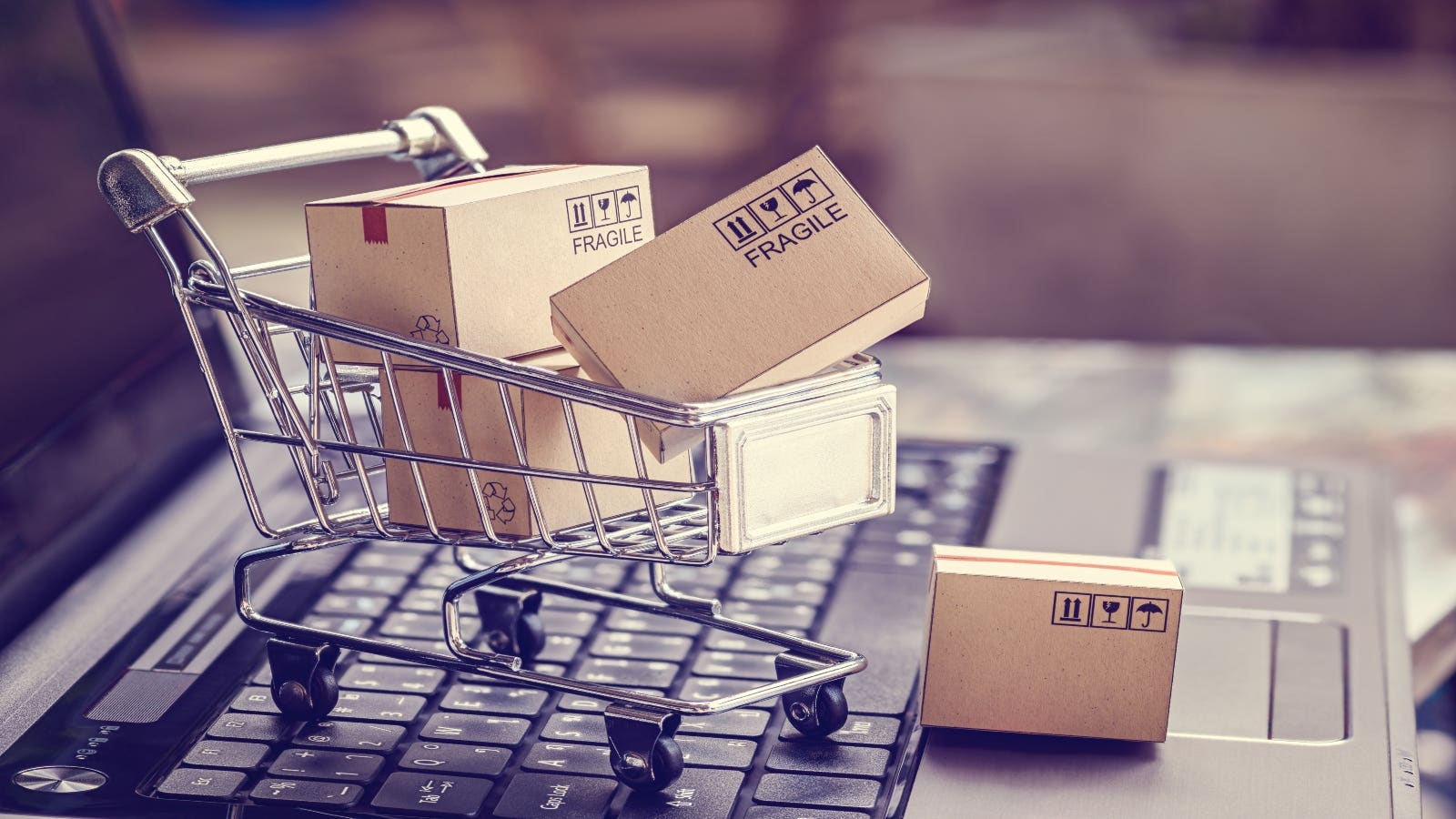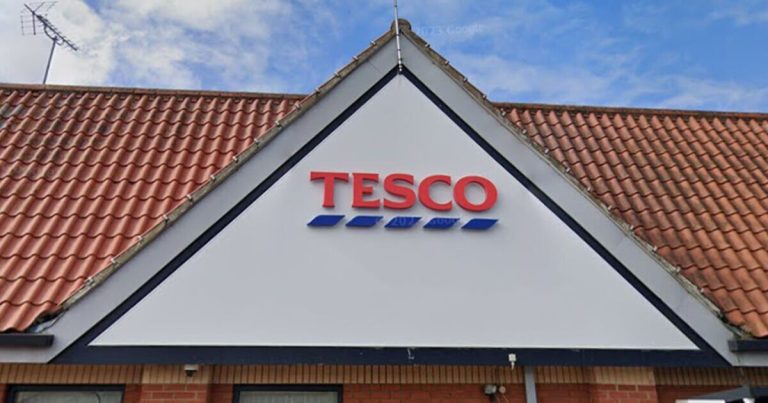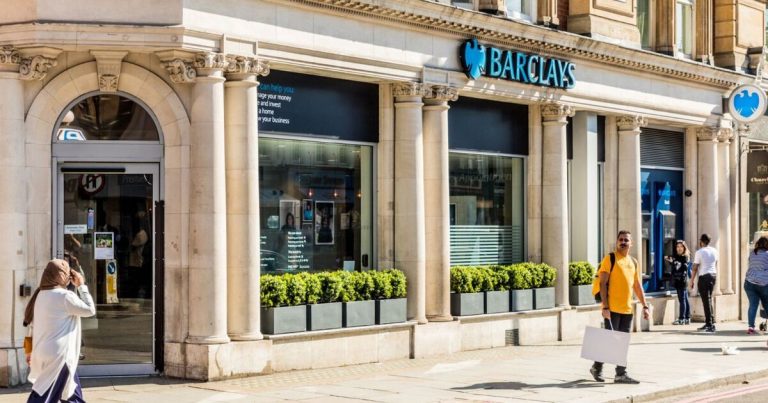
Every day, Indians buy and sell online, and e-commerce revenue keeps soaring—so it’s no surprise that e-commerce revenue will reach INR 4,416.68 billion at the end of 2024[2]. But how exactly is the e-commerce market doing in India? Here’s what the e-commerce statistics in India look like in 2024.
Table of Contents
Show more
Show less
Overview: Key E-Commerce Trends And Statistics In 2024
The e-commerce sector in India is thriving due to several factors, including increased smartphone adoption, rising affluence, and affordable data prices, all fueling the growth of e-retail. Thanks to internet penetration, India is the world’s second-largest internet market.
According to TRAI’s Indian Telecom Services Performance Indicators from Jan. to Mar. 2023, India’s internet penetration as of Mar. 2023 exceeded 880 million users, while the number of telecom subscribers has surpassed 1,172 million.[1]
Further studies on how citizens across India use e-commerce point to these significant trends:
- India’s e-commerce sector is expected to reach INR 4,416.68 billion in 2024, with an annual growth rate of 11.45% to reach INR 7,591.94 billion by 2029.[2] The UPI transactions touched INR 125.94 trillion in 2022, with a user base exceeding 800 million.[1]
- By 2029, e-commerce users are expected to reach 501.6 million. User penetration is projected to be 22.1% in 2024, with an anticipated increase to 34.0% by 2029. The average revenue per user (ARPU) is expected to be INR 14,121.[2]
- The Government e-marketplace (GeM) achieved its highest GMV record of $2011 billion in FY 2022-23. Since its inception, GeM has amassed a cumulative GMV exceeding INR 4.5 trillion by July 23, 2023.[1]
Leading Players in E-Commerce
E-commerce platforms are undoubtedly helping businesses successfully launch an online store in India. But who is taking the large pie of India’s burgeoning e-commerce market? They are Amazon.com, Inc., Flipkart Private Limited, eBay Inc., Alibaba Group Holdings Limited, and FSN E-Commerce Ventures Limited, which owns Nykaa.
Amazon to Invest $15 billion in India by 2031
- Amazon has announced it will inject an extra $15 billion into India over the next seven years.
- This move will raise the company’s total investment in India across all its ventures to $26 billion.
- The e-commerce giant has already infused $11 billion into India.
- The company has vowed to digitize 10 million small businesses, facilitate $20 billion in exports, and generate two million employment opportunities in India by 2025.[3]
Flipkart’s parent invest INR 722 cr in India
- Singapore-headquartered Flipkart Private Limited has infused INR 722 cr ($90 million) into its Indian marketplace division.
- Flipkart Internet, the marketplace segment owned by Walmart, has obtained approximately INR 722 crore ($90 million) in cash injection from its parent entity based in Singapore.[3]
India’s Nykaa collects revenue of INR 51 billion in FY 2023
- The Indian online marketplace Nykaa’s revenue collections increased from just over INR 5 billion to INR 51 billion in fiscal year 2023.
- This growth coincided with a rise in per capita expenditure on beauty and personal care items.
- While Nykaa offered products at a broad price spectrum, from luxury to mass-market, its primary revenue stream was makeup sales.
- Nykaa faced relatively less competition than platforms like Amazon or Flipkart, as it concentrated more on other sectors.[2]
E-commerce allows consumers to ship orders quickly and select from categories to shop online. Further studies show that all pin codes across India have embraced e-commerce
60% of online orders come from two-tier cities and smaller towns
Over 60% of transactions and orders originate from tier-two cities and smaller towns. The surge in e-commerce is notably significant in tier-2 and tier-3 cities, where nearly half of all shoppers reside, contributing to three out of every five orders on leading e-retail platforms. The average selling price (ASP) in tier-2 and smaller towns is slightly lower than in tier-1/metro cities.[1]
70% of e-commerce orders account for electronics and apparel
Electronics and apparel account for nearly 70% of the e-commerce market in terms of transaction value. Additionally, emerging categories within e-commerce include ed-tech, hyperlocal services, and food-tech.[1]
Millennials to drive global social media shopping
By 2025, millennial consumers will drive one-third of the global social media shopping expenditure, followed by Gen Z at 29% and Gen X at 28%. Baby boomers are expected to exhibit the lowest engagement with social commerce due to the challenges associated with adopting new technologies as individuals age.
Notably, Boomers are active on social media, with 82% maintaining at least one social media account and 78% being registered on Facebook. Despite their relatively lower activity in social commerce compared to other generations, there is still a discernible upward trend in their engagement.[4]
34% of Instagram users purchased orders via the platform in 2023
Instagram is undeniably ranked as the fourth most utilized social platform globally, boasting an estimated 2.35 billion monthly active users. Approximately one-third of these users engage in social shopping on the platform, presenting an incredible business opportunity.[4]
Over 250 million Facebook Shops, showcasing the platform’s extensive reach
Facebook offers many features tailored for businesses, rendering it an appealing channel for social commerce. Boasting a staggering 2.96 billion monthly active users, Facebook surpasses Instagram in terms of user volume. With 11.2 billion visits, 1.5 billion unique visitors, and an average visit duration of 31 minutes, Facebook ranks as the third most visited website globally.[4]
37% of social commerce purchasers are concerned about payment information security
Despite the growing popularity of social commerce, there remains a notable level of skepticism among consumers when making purchases on social media platforms. This apprehension comes as traditional e-commerce involves customers purchasing directly from the company’s website.[4]
Mobile E-Commerce Statistics
Mobile commerce sales to surpass $3 trillion globally by 2027
E-commerce enables users to conduct online transactions at their convenience, leveraging the power of the Internet anytime and anywhere. Mobile commerce, including smartphones and tablets for online shopping and transactions, has recently grown remarkably. Smartphones currently constitute over 60% of e-commerce transactions. [5]
E-Commerce Fraud Statistics
The E-commerce sector reports 54% of account-related frauds
Considering that 59.5% of the world’s population has internet access and that consumers increasingly prefer convenient shopping, it’s understandable that global retail e-commerce sales are estimated to touch INR 365.05 trillion by 2021. However, it’s also noteworthy that global payment fraud is escalating, projected to cause merchant losses amounting to INR 3,000.56 billion by 2027.[7]
35% of consumers opt to spend on festive supplies
35% of consumers prefer to shop for Pooja and Diwali supplies primarily through online shopping websites and apps during festive seasons. In India, October, November, and December witness heightened shopping activity due to festivals like Diwali, Dussehra, Navratri, Dhanteras, and Christmas. Shoppers perceive this period as auspicious for making purchases, prompting sellers to offer substantial discounts and the most attractive deals.[2]
Sources
- Invest India
- Statista
- Mordor Intelligence
- TIDIO
- Redline
- Business Standard
- FinancesOnline







